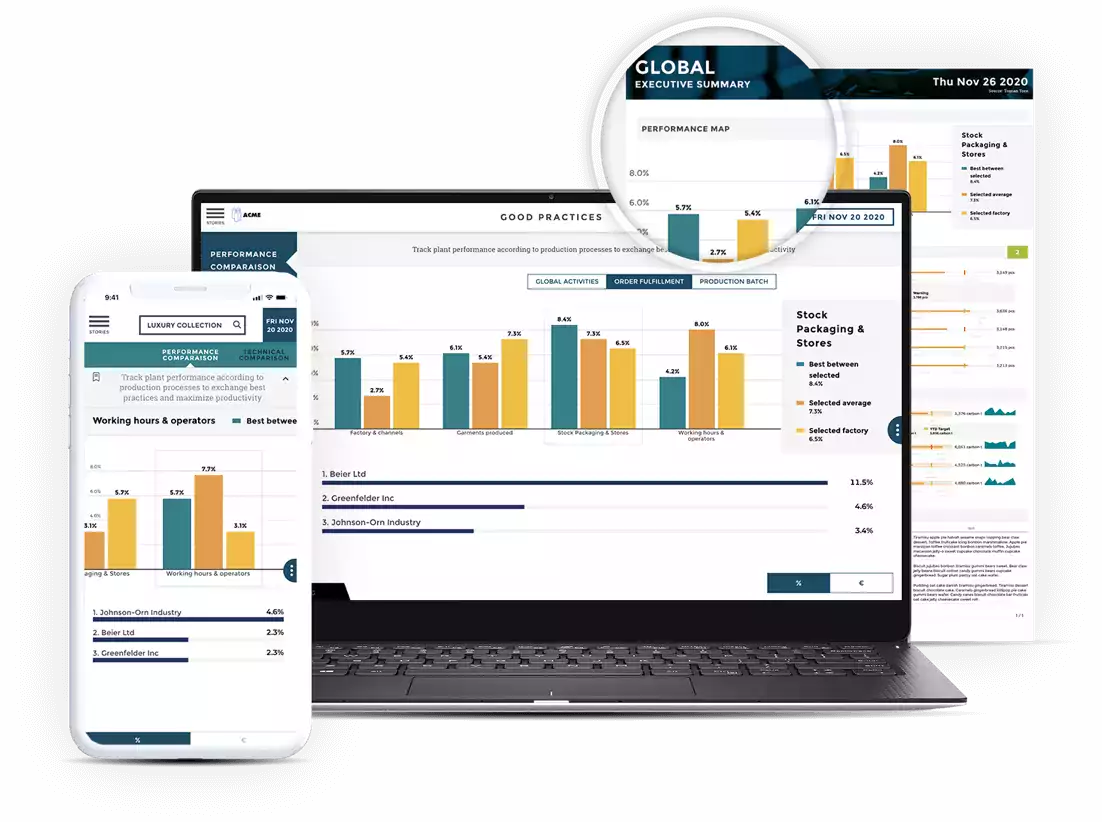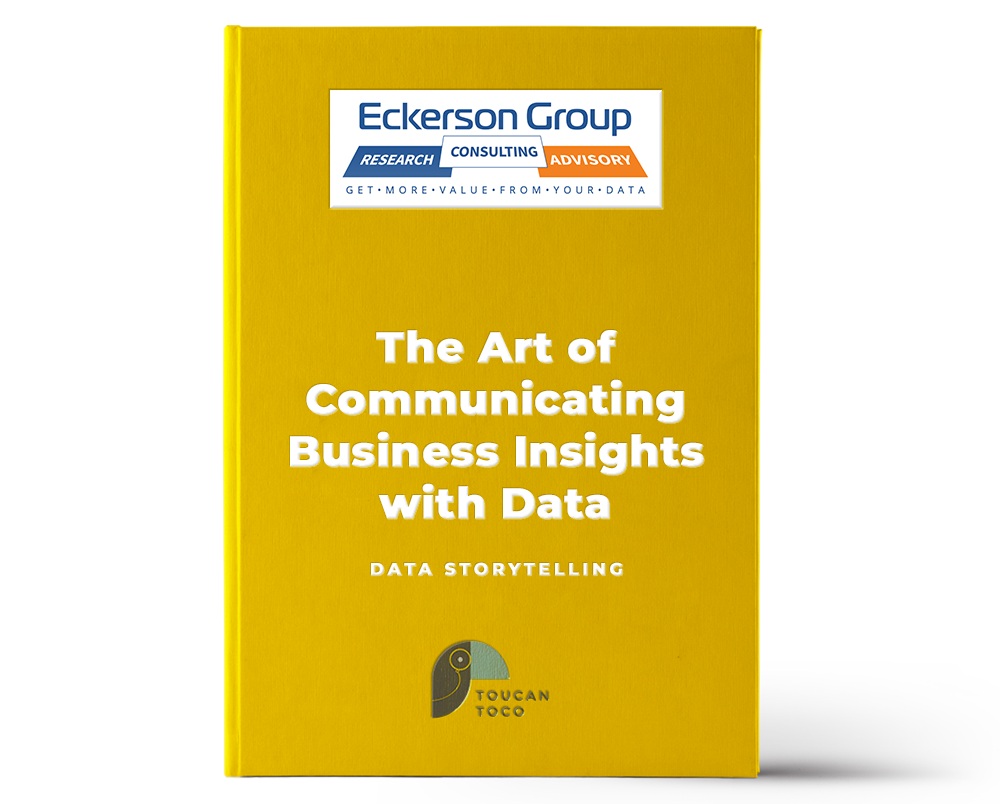Building a trusted, recognizable brand in today’s saturated market takes more than a great product. You also need to deliver personalized experiences—and that applies to analytics and reporting, too. So, how do you offer custom data experiences without building everything from scratch?
The answer is white labeling. With this technology, agencies and other businesses are able to offer custom analytical capabilities to meet users' needs without having to invest in developing their own solutions.

01. What Is a White Label Reporting Tool?
A white label reporting tool is a third-party analytics platform that you can rebrand as your own. This means adding your logo, color scheme, domain name, and even your tone of voice—so that your clients perceive the dashboard as an extension of your product.
White labeling allows businesses to offer seamless, professional reporting experiences without spending months building custom software.
02. Key Benefits of White Label Reporting Tools
-
Custom Branding: Maintain a consistent brand identity across all touchpoints. Clients see your logo and colors, not those of a third-party vendor, reinforcing brand trust.
-
Faster Time-to-Market: No need to develop analytics features in-house. This saves valuable development time and allows you to focus on your core product.
-
Improved Client Experience: Offer intuitive, interactive dashboards. These make data more digestible and engaging for end-users, increasing adoption and satisfaction.
-
Cost Efficiency: Avoid the high cost of building and maintaining reporting tools. Instead of allocating resources to development, you invest in a ready-to-use solution.
-
Data Ownership & Security: Retain full control over your data while complying with privacy laws. A good white label solution ensures your data remains secure and compliant with industry regulations.
White label reporting tools ultimately boost client loyalty and help position your business as a data-driven leader.

03. Common Features to Look For
When choosing a white label reporting solution, prioritize:
-
Drag-and-drop dashboard builders: These no-code tools make it easy for non-technical users to create reports without needing developer support.
-
Multiple data source integrations: Connect with platforms like Google Sheets, Google Analytics 4 (GA4), Looker Studio, BigQuery, Snowflake, PostgreSQL, Redshift, and HubSpot to centralize your reporting in one place.
-
Embeddable dashboards: Seamlessly integrate dashboards into your own product or client portals using iframe or API-based embeds.
-
Mobile responsiveness: Ensure a seamless experience for users accessing reports on smartphones or tablets.
-
Advanced filtering and segmentation: Let users explore data on their terms with customizable filters and views.
-
Access controls and user permissions: Manage who can view or edit specific dashboards to maintain security and relevance.
These features ensure scalability, flexibility, and ease of use—making it possible to serve a diverse set of clients efficiently.
Toucan provides all of these functionalities out of the box, enabling businesses to launch branded analytics quickly and confidently.
04. Use Cases: Real-World Examples
1. Increased Conversions with White Label Dashboards
Verified Market Research a research and consulting company, needed to replace static PDFs with interactive dashboards. With Toucan’s low-code platform, their non-technical teams created AWS-integrated dashboards in less than 2 weeks.
The result? A 10% increase in closed deals and reduced time explaining data.
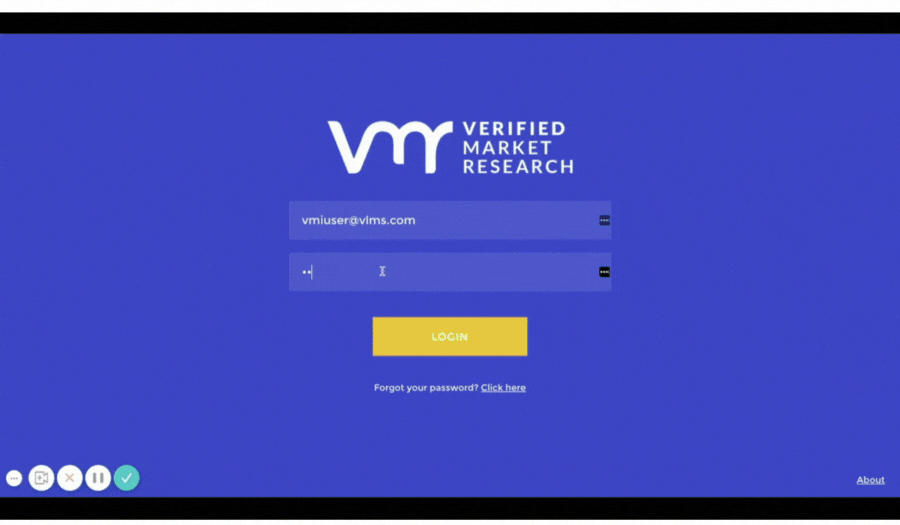
Toucan had all the features VMR was looking for. A Low-code platform made for business users that VMR’s small team can build white label reports on with no technical know-how. An easy integration to AWS so they can leverage their data. Engaging dashboards that grab the user's attention and gave them actionable insights to make data-driven decisions. The best part was that VRM was able to integrate Toucan, build dashboards and roll out white label reports in less than 2 weeks.
Within a few months, VRM realized that they had increased sales closures by 10% because they had a competitive edge in the industry thanks to white labeled reports. There was great feedback from clients on the ease of use of the reports and the wow factor that came with it. VRM ended up reducing the time spent explaining data by 2. This lets them focus on providing better customer service and increasing the efficiency of their product.
2. Meeting Security Standards in the Debt Market
Mid-sized companies primarily use white label reporting to stand out from the competition. This is exactly what Onbrane did. Onbrane is an innovative technology-based solution for the debt market. Onbrane covers the debt needs of corporate, public and financial institutions with standardized and semi-standardized products. Onbrane connects all the players in the market from insurers and investors to brokers and paying agents.
Onbrane was looking for a white label reporting solution that could aggregate data from multiple sources and create reports that were easy to understand for debt staff of all technical levels. They also wanted the reporting solution to be built and maintained by non-technical users so that the tech team could stay focused on the core product. The biggest problem they faced while evaluating white label reporting solutions was the intense security requirements they had to adhere by. This is when they found Toucan.
Toucan had all the features Onbrane needed and more. Data security is Toucan’s highest priority. Toucan is one of the few analytics companies that complies with data privacy laws in Europe, USA, Canada and most of the world. Toucan’s data storytelling platform was built so that non-technical users could have access to data that is generally kept in ivory towers. Using Toucan, Onbrane’s business users were able to build out white label reports and dashboards without requiring technical support. They were able to integrate multiple data sources with Toucan’s connectors and produce the first version of their reports within 3 weeks.
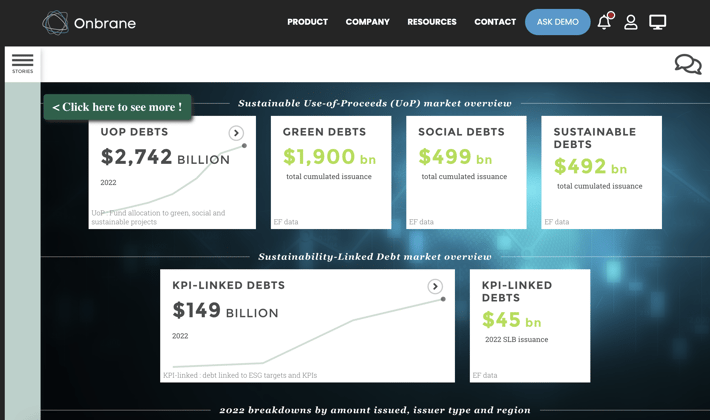
The customer feedback was so immense for the white label reports created that Onbrane made Toucan the visual brick for their Machine Learning System. This is what Onbrane’s CPO has to say, “This solution is top of the game: we are very pleased to use Toucan every day.”
3. Launching New Services Faster
Most enterprises use white label reporting to save money and time in launching new features. This is what Deloitte financial services did. Deloitte financial services provide comprehensive, integrated solutions to the banking & securities, insurance, and investment management sectors. They aim to give each client a detailed view into their business health and cash flow. But their customers wanted a view not just into their company, but also the financial landscape. Their customers wanted to understand how everyone managed by Deloitte financial services was performing.
At this point, Deloitte had two choices. To build a reporting solution in-house to connect to their existing information, or buy a white label reporting solution. Deloitte decided to buy from Toucan. The decision came about because they realized that the staff, time, and resources that they would have to spend to create such an analytics solution would be 3 times more expensive than using white label reporting from Toucan. And even if they built the analytics in-house, they would be replicating already existing features and would not be able to provide something new and exciting to their client.
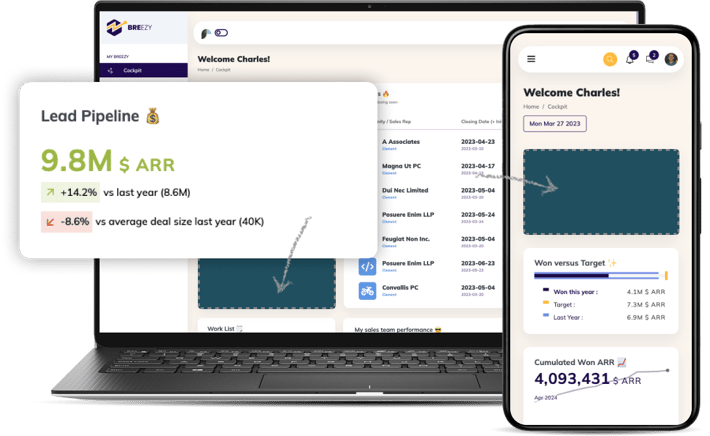
Deloitte launched industry landscape analytics within a month with the help of Toucan’s white label reporting. They saw an instant rise in customer satisfaction. The value customers got from the analytics was so high that Deloitte decided to launch it as a separate upsell service thus, creating a whole new revenue stream for them.
This just goes to show that white label reporting is useful no matter the company size. As long as you have customers who want analytics or a product that needs analytics, white label reporting from Toucan is for you.
05. Industries That Benefit from White Label Reporting
-
Marketing agencies: Branded client reporting for SEO, PPC, and social media. These tools help agencies showcase results with minimal setup.
-
Consulting firms: Scalable, professional client deliverables. White label dashboards make consultants look polished and tech-savvy.
-
SaaS companies: Embedded dashboards without added dev work. Product teams can quickly offer analytics features to end-users.
-
Finance & insurance: Secure, compliant analytics sharing. Meet strict regulatory standards while improving client insight.
-
Healthcare: HIPAA-compliant visualizations for patient and operational data. Provide transparency and actionable metrics in a secure format.
Any business that offers data to clients can benefit from white label reporting. It enhances the value of your service without adding complexity to your product.
06. How to Choose the Right White Label Reporting Tool
Consider the following criteria:
- Ease of Use: Is it accessible to non-technical users? A good solution should let business users build and update dashboards with minimal training.
- Integration Capabilities: Can it connect to your current data sources? Compatibility with your tech stack ensures a smoother setup and less manual work.
- Customization: To what extent can you brand the tool? From logos to color schemes and domain names, deep customization reinforces your brand.
- Security & Compliance: Does it meet your industry’s data regulations? Especially important for sectors like finance and healthcare.
- Support & Documentation: Is assistance readily available? Comprehensive onboarding and responsive support can make all the difference.
If possible, request a demo or a trial to assess these points before committing.
Toucan offers a free trial that allows you to explore all key features—including branded dashboards, integrations, and data security—so you can evaluate the full potential of white label reporting before making a decision.
.png?width=768&height=720&name=White%20Label%20Reporting%20Tool_%20Definition%2c%20Benefits%20%26%20Best%20Use%20Cases%20-%20visual%20selection%20(1).png)
Frequently Asked Questions (FAQ)
What is the difference between standard and white label reporting tools?
Standard tools display the vendor's branding, while white label tools let you fully customize the look and feel to match your brand.
Are there free options for white label reporting tools?
Some tools offer free plans with limited features, but enterprise-level white labeling typically requires a paid plan.
How do white label tools improve client reporting?
They allow you to present data professionally, build trust, and provide a seamless experience under your brand. This leads to better client relationships and reduced churn.
What platforms do white label reporting tools integrate with?
Most modern solutions connect with Google Analytics, Looker Studio, Google Sheets, Microsoft Advertising, and other common data sources.
What industries benefit the most from white label reporting tools?
Industries like marketing, SaaS, consulting, finance, and healthcare all rely on client-facing data and gain tremendous value from branded analytics.


